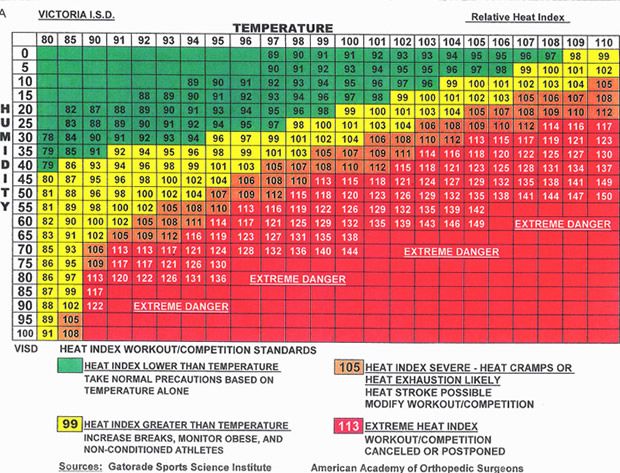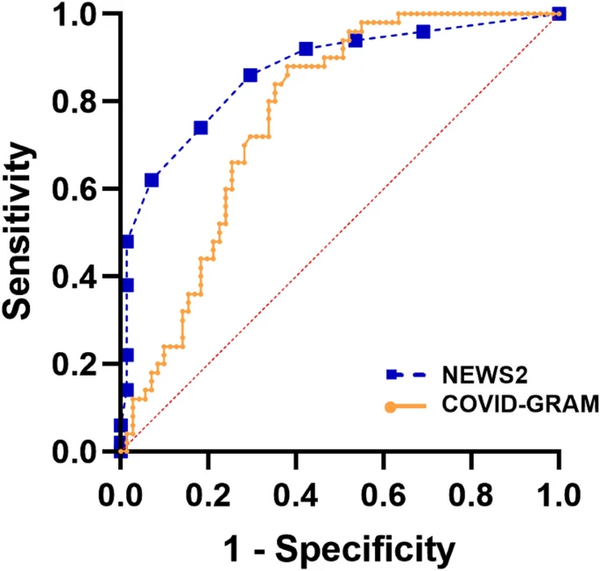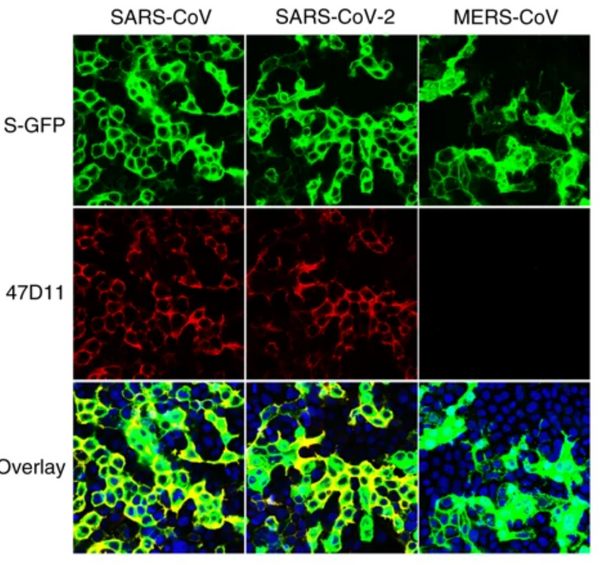Pre-print published in the science of the total environment journal (Elsevier publications)
Abstract
The coronavirus disease 2019 (COVID-19) pandemic is the defining global health crisis of our time and the greatest challenge facing the world. Meteorological parameters are reportedly crucial factors affecting respiratory infectious disease epidemics; however, the effect of meteorological parameters on COVID-19 remains controversial. This study investigated the effects of temperature and relative humidity on daily new cases and daily new deaths of COVID-19, which has useful implications for policymakers and the public. Daily data on meteorological conditions, new cases and new deaths of COVID-19 were collected for 166 countries (excluding China) as of March 27, 2020.
Log-linear generalized additive model was used to analyze the effects of temperature and relative humidity on daily new cases and daily new deaths of COVID-19, with potential confounders controlled for, including wind speed, median age of the national population, Global Health Security Index, Human Development Index and population density.
Our findings revealed that temperature and relative humidity were both negatively related to daily new cases and deaths. A 1 °C increase in temperature was associated with a 3.08% (95% CI: 1.53%, 4.63%) reduction in daily new cases and a 1.19% (95% CI: 0.44%, 1.95%) reduction in daily new deaths, whereas a 1% increase in relative humidity was associated with a 0.85% (95% CI: 0.51%, 1.19%) reduction in daily new cases and a 0.51% (95% CI: 0.34%, 0.67%) reduction in daily new deaths.
The results remained robust when different lag structures and the sensitivity analysis were used. These findings provide preliminary evidence that the COVID-19 pandemic may be partially suppressed with temperature and humidity increases. However, active measures must be taken to control the source of infection, block transmission and prevent further spread of COVID-19.










